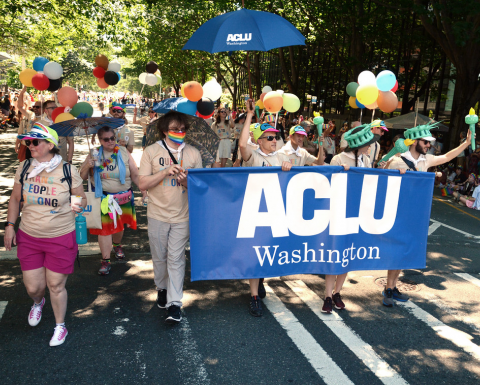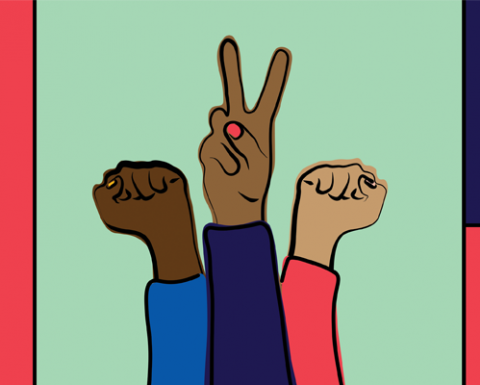Updated March 16, 2016
On the eve of your 18th birthday, you’re a child. Wake up the next morning and you’re entered adulthood, at least under the eyes of the law. If convicted of a crime, you now face punishment that is much harsher than if you had been convicted just a day earlier. Our laws assume that there are fundamental differences between those under 18 and those just above it, but this has no basis in science. In recent years, as courts have acknowledged research in brain science, the bright line drawn at age 18 has begun to fade.
In August 2015 the Washington Supreme Court ruled that a judge sentencing a defendant for a crime committed after his 18th birthday can consider the defendant’s young age as a possible reason to impose a lower sentence. In its 5-4 ruling in State v. O’Dell, the majority specifically cited and relied on references to adolescent brain science research contained in an amicus brief submitted by the ACLU of Washington and others.
“This is an important ruling that affirmed what parents have long known and scientists have recently confirmed: that the brain does not achieve full maturity until well past the age of 18,” said ACLU-WA staff attorney Nancy Talner.
Research has found young adults may be less culpable for crimes because their brains are still developing. A young person’s behavior and decision-making are more heavily influenced by the brain’s most primitive regions. More impulsive, less disciplined and seeking novelty— this is your brain on youth.
That’s why the Supreme Court in Miller v. Alabama, found sentences for life without parole unconstitutional for juvenile offenders.
Regardless of the crime committed, youth matters.
O’Dell builds on Miller and other cases supporting greater flexibility in what can be considered mitigating grounds in sentencing. It limits a prior ruling Washington Supreme Court ruling which had said that young age could not be considered as support for a lower sentence.
Brain science has shown as that social, emotional and mental maturation is complex and individual. Embracing a more nuanced view of adulthood requires us to let go of the bright line distinctions between “juveniles” and “adults” and recognize individual capacity for growth and change.




